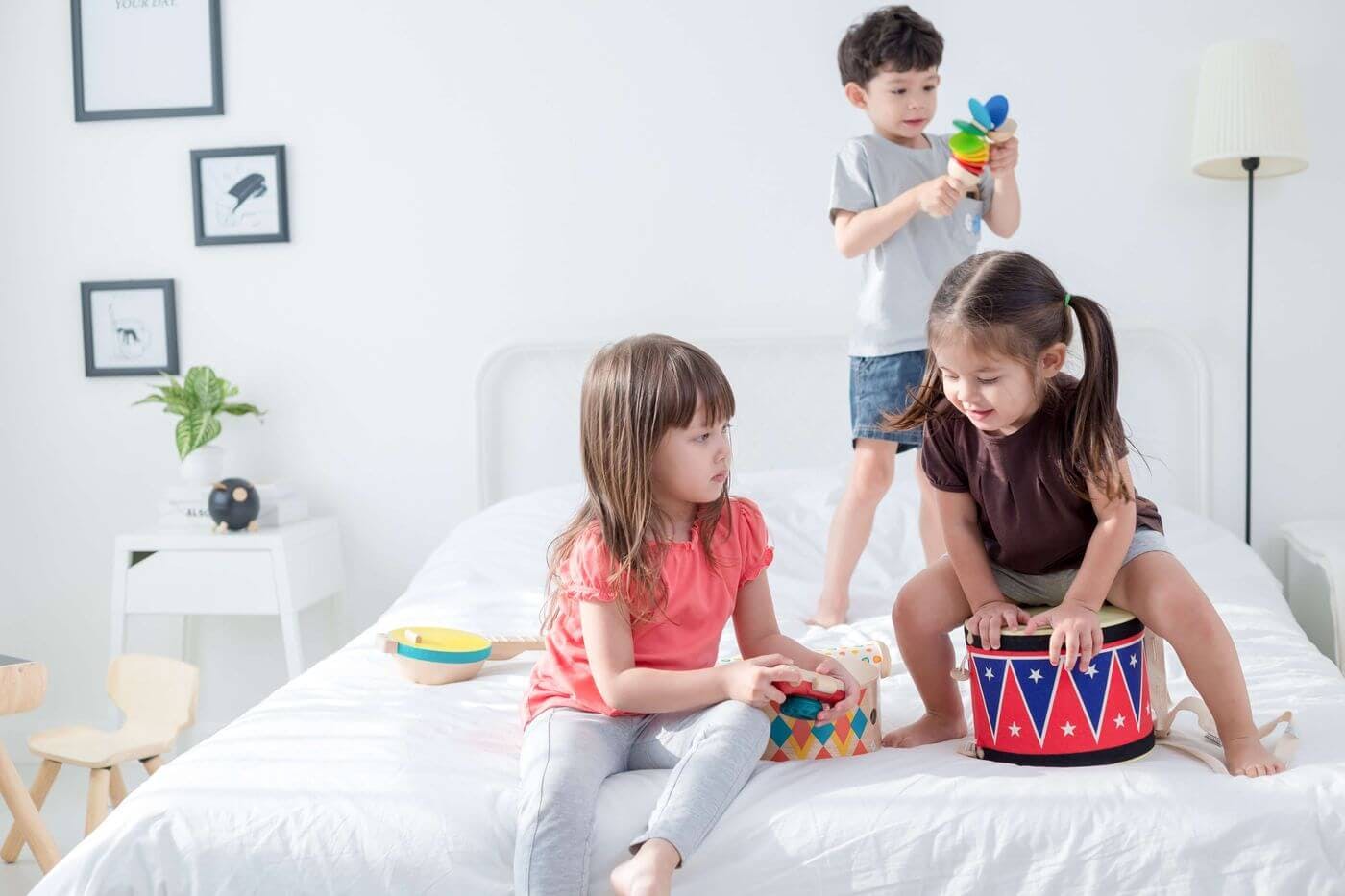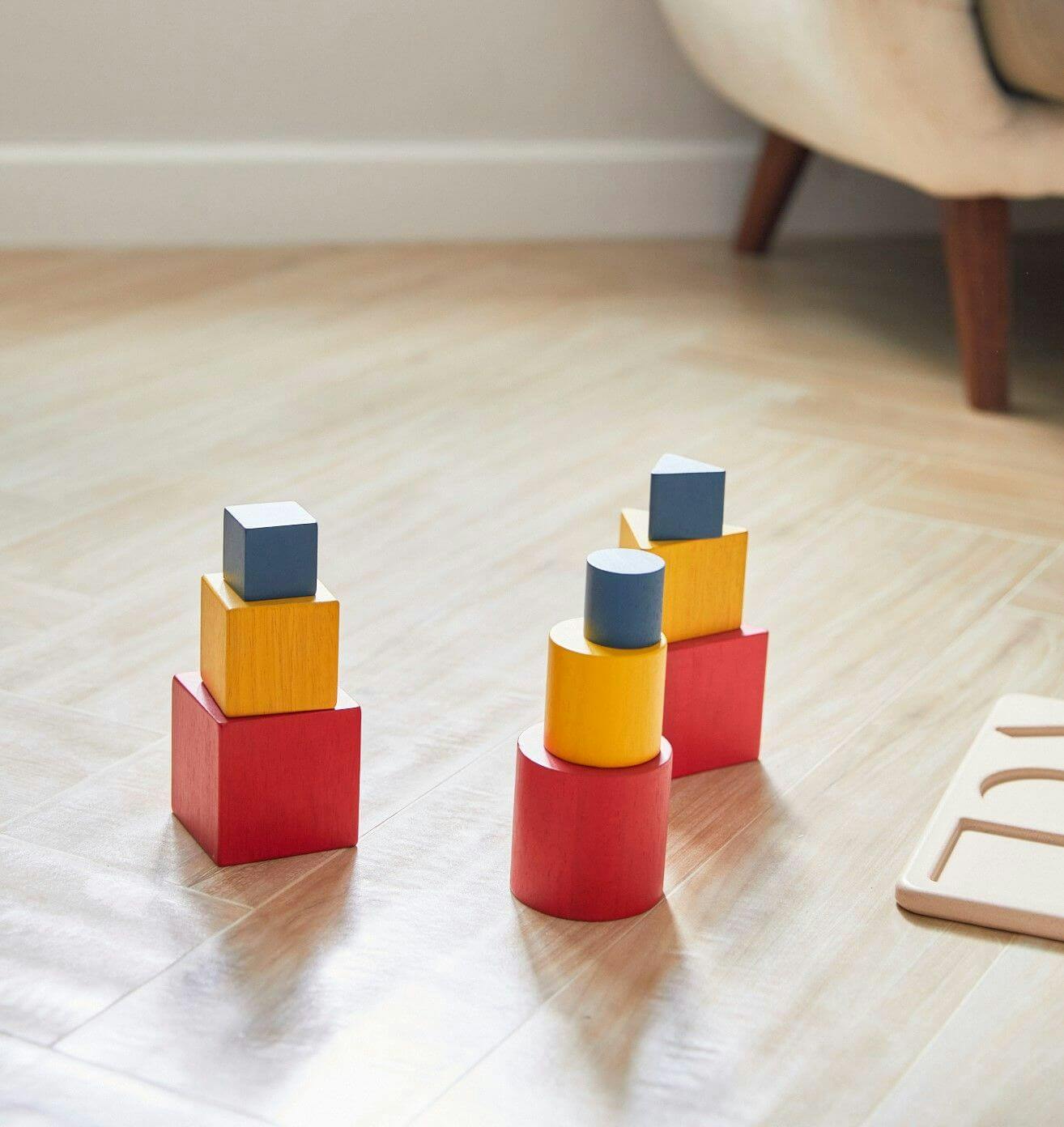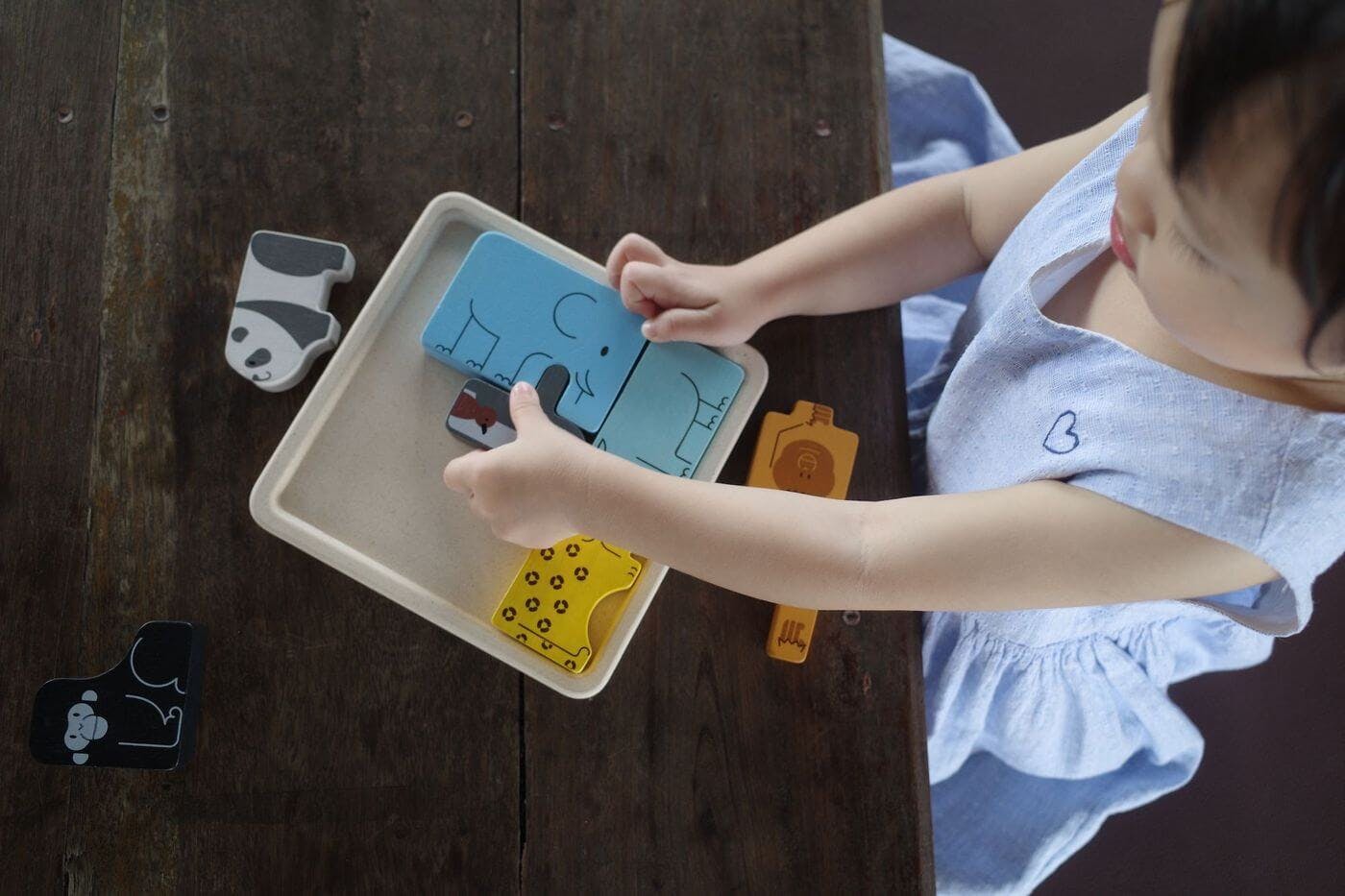
5 Tips for Creating YES Spaces for Babies and Toddlers in the Home
Respectful parenting approaches including Montessori and RIE (Resources for Infant Educarers) encourage parents and caregivers to trust children, respecting them as confident, capable human beings. Dr. Maria Montessori proposed that a large part of this process involved creating a prepared environment, a space that allows the child, to the extent possible, to be independent of the adult. RIE founder, Magda Gerber, upheld a similar belief about the importance of creating a 100% safe space for a child to learn and explore. RIE Parenting Expert and author, Janet Lansbury, coined the term “YES space” to describe this concept. As Janet says, “As much as possible, we want to give them free rein to do what children do best, which is explore, learn. They are masters at this. So we trust them to develop their skills and follow their own interests in this safe space, where we’re not having to say no, don’t do this, don’t do that.
We know what you’re thinking… Really? A place where I can step away and take some breaths alone? You’re telling me I can use the bathroom by myself? YES!
We’re sure your next question is this sounds too good to be true. How could I possibly create a space like this in my home with some expert like Martha Stewart or Marie Kondo? Here are 5 tips for creating a “YES space” for babies and toddlers:
Create a Yes environment for your child
Find the right spot for the yes area
Take a moment to look around your home to choose the best place to create the “YES space.” This area should be large enough to allow your child to move about without feeling contained, should not be isolated from the rest of the family, and should be easy enough to create a safe space within. A child’s bedroom, a playroom, or even a cozy corner of the living room may be the perfect spot.
Incorporate different types of objects or toys in the environment
Ideally, you want to have different types of toys in the environment. In an effort to minimize, one or two of each type works just fine. You want something for their gross motor skill development such as the Push and Pull walker from our deer box? You also want to have manipulative toys to support fine motor development such as the Screw Toy or the Threading Toy from the wild boar box. Rotating toys to match your child’s changing developmental needs is important.
Design children's room after Maria Montessori
Try to make the room inviting for your child so they will want to be in the space. Incorporate child-sized furniture to follow a montessori learning experience. Arrange their toys in an appealing way on a low shelf that they can easily reach. You may choose to hang a few pieces of artwork at their eye level to add beauty to the space. Don’t forget to think about things your child can reach and make sure everything in the room is safe and secure such as bookshelves.
Focus on childrens safety
Ensure you have removed hazardous items from the space and have taken precautions to ensure child security. This might include covering electrical outlets, removing any poisonous or dangerous plants and chemicals, removing or securing curtains/blinds and their cords, securing hanging pictures on the wall, and ensuring the room and all toys and materials are in good and safe condition with no chipping or flaking of paint. It may be helpful once again to get down on your child’s level and see the room from their eyes to ensure everything is clean and safe.
Check often and adjust the environment to your child
As your child continues to grow and develop, you will likely find that you need to change their environment to suit their needs. You can introduce new toys and activities that suit their developmental level and interests. You can re-evaluate safety concerns as some things that were safe previously may now be potentially dangerous as your child can reach them. On the other hand, there may be things that were potentially hazardous that your child is now old enough to start learning how to use carefully.
It is important to remember that “YES spaces” will differ from home to home and family to family just as much as individual style and decor. There is no right or wrong way and each parent or caregiver should do what feels right for their family.
References
How We Montessori. (2018). Creating a ‘yes’ space for babies and toddlers. https://www.howwemontessori.com/how-we-montessori/2018/10/creating-a-yes-space.html
Kennedy, M. J. (2021). Creating a yes space for your baby. Reach for Montessori. https://reachformontessori.com/creating-a-yes-space/
Lansbury, J. (2021). YES spaces - What they really are and why they matter. Janet Lansbury: Elevating Child Care. https://www.janetlansbury.com/2021/06/yes-spaces-what-they-really-are-and-why-they-matter/
Montessori, M. (1972). The secret of childhood. Ballantine Books.
Rickman, E. (2018). The peaceful home part 1: Creating “yes spaces.” A Beautiful Childhood. https://fridabemighty.com/2018/04/03/the-peaceful-home-part-i-creating-yes-spaces/
 Written by Heather White
Written by Heather White






